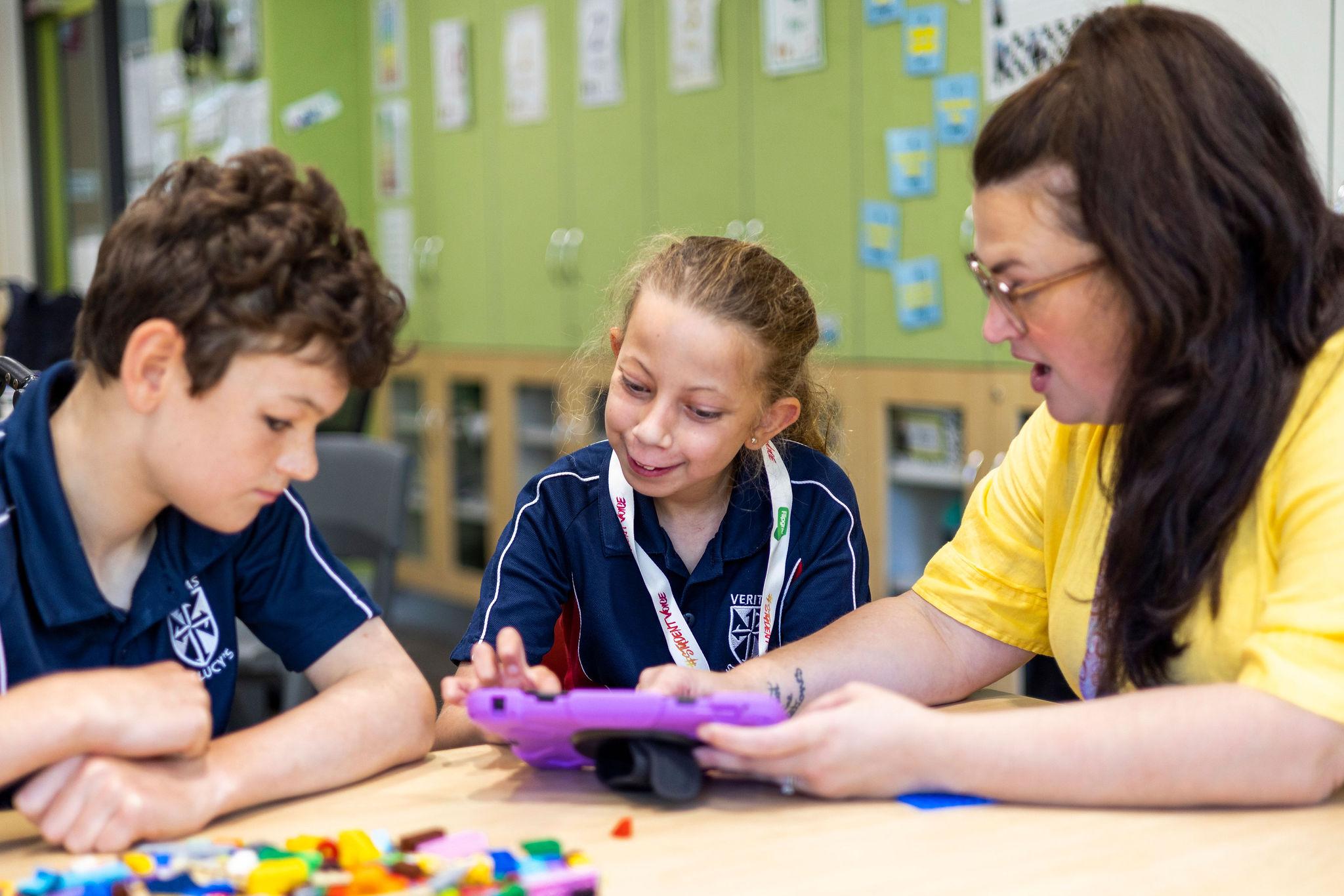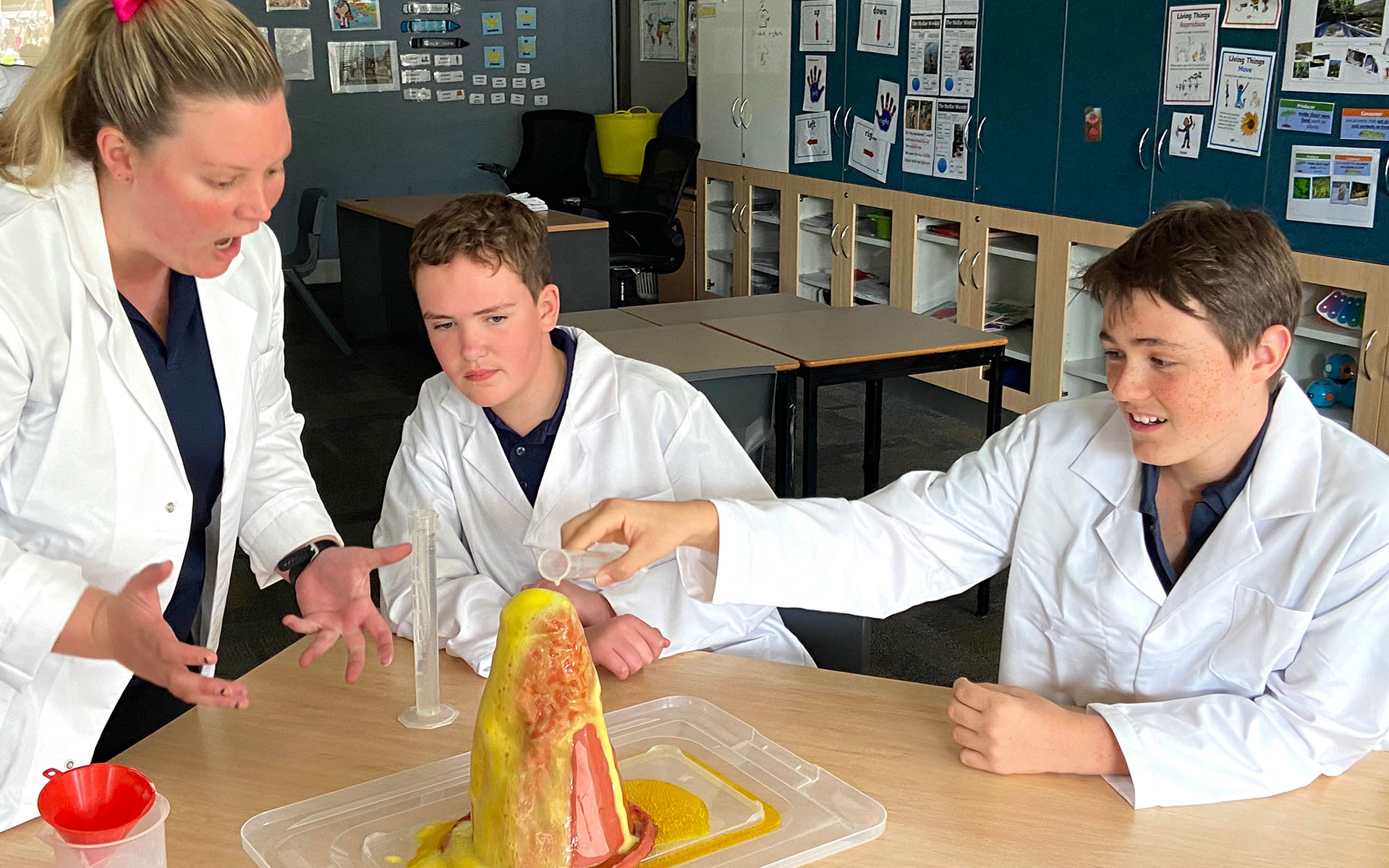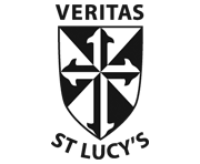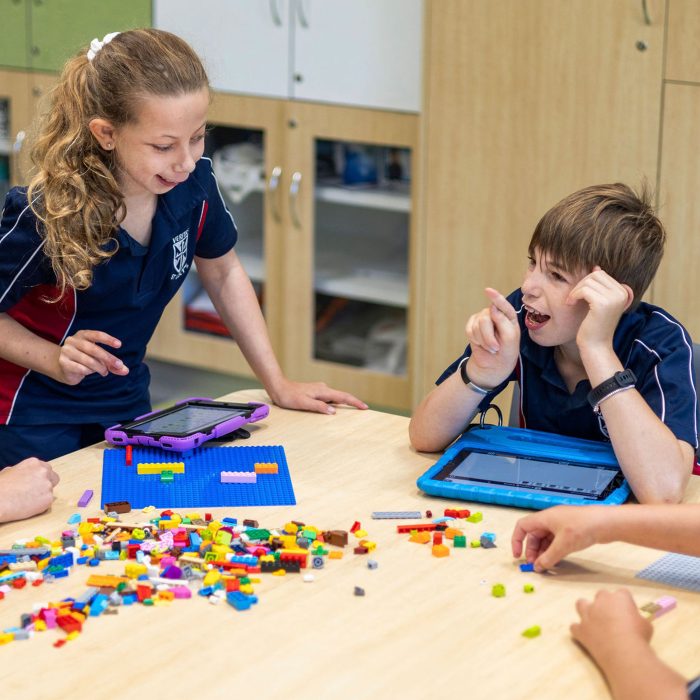All students CAN learn and WILL make progress when we adopt the ‘least dangerous assumption’ that is to assume competence.
All students can learn and reach their full potential when their educators work from a place of Assumed Competence. When students are exposed to quality learning, appropriate resources and are met with an educator who has an assumed competence mindset, their engagement and achievement will certainly increase. As an educator, when you are faced with a student who is finding it difficult to grasp content and is not achieving goals, which question do you ask yourself: ‘Does this student have ‘low ability’ or is this student ‘low achieving’?’

‘Low ability’, says there is a limit to the learning that is possible for this student whereas ‘low achieving’ says the student is not meeting the outcomes as expected, and we must find out why this is happening.
Teachers who use the term ‘low achieving’ will assume that a low achieving student is not reaching their full potential due to ‘instructional inadequacy’. It is OKAY for educators to look critically at the way they are delivering content and consider new ways to teach or approach the learner. We must assume intellectual ability and provide opportunities to learn, and we must assume each student wants to learn and assert themselves in this world.
Dean Douglas Birkin, winner of the UNESCO/Emir Jaber al-Ahmad al-Jaber al-Sabah Prize to promote Quality Education for Persons with Intellectual Disabilities said, “The principle of “presuming competence,” is to ‘approach each child as wanting to be fully included, wanting acceptance and appreciation, wanting to learn, wanting to be heard, wanting to contribute’…. By presuming competence, educators place the burden on themselves to come up with ever more creative, innovative ways for individuals to learn.”
According to Anne Donnellan, (1984), ‘the criterion of the least dangerous assumption holds that in the absence of conclusive data, educational decisions ought to be based on assumptions which, if incorrect, will have the least dangerous effect on the likelihood that students will be able to function independently as adults. Furthermore, she concluded “we should assume that poor performance is due to instructional inadequacy rather than to student .’ Thus, for Donnellan, the least-dangerous assumption when working with students with significant disabilities is to assume that they are competent and able to learn, because to do otherwise would result in harm such as fewer educational opportunities, inferior literacy instruction, a segregated education, and fewer choices as an adult. (Jorgensen 2005)
Creating educational opportunities helps us understand what our students are capable of. We can promote student abilities through academic learning that is augmented with technological supports, implementing the Universal Design for Learning, making use of assistive technology, and using student directed learning that gives the student ownership over their own learning.
St Lucy’s School has been working very hard to find creative ways for the students to demonstrate their skills and knowledge and we have begun to see great gains when using a student’s special interest in their everyday learning. By including special interests alongside the belief that ‘everyone has something to say, and everyone can learn’ our students, who do not use traditional methods to communicate, are able to demonstrate their understanding of outcomes being taught which allows us to collect authentic and accurate data of what they have grasped and what still needs to be worked on.

All students, including those with a disability, have the right to access quality education. For some parents that means enrolling their young person in a mainstream setting whilst others select specialised settings. Families choose St Lucy’s School as it is the right environment for their child at that time in their lives; we are inclusive in every sense of the word and our students are not defined by their diagnosis. Our educators work very hard to understand each student as an individual and to create a thriving learning environment. St Lucy’s School provides a strong foundation of high expectations for the students through curriculum and learning, wellbeing, and collaboration.
Further Reading
Universal Design for Learning Framework
https://www.cast.org/impact/universal-design-for-learning-udl
Assumed Competence and Communication
https://www.assistiveware.com/learn-aac/presume-competence
Low Achieving Vs Low Ability
References
https://www.aitsl.edu.au/research/spotlights/inclusive-education-teaching-students-with-disability
http://www.uwosh.edu/coehs/cmagproject/readings/documents/Least_Dangerous_Assumption.pdf
https://ollibean.com/douglas-biklen-begin-by-presuming-competence/



